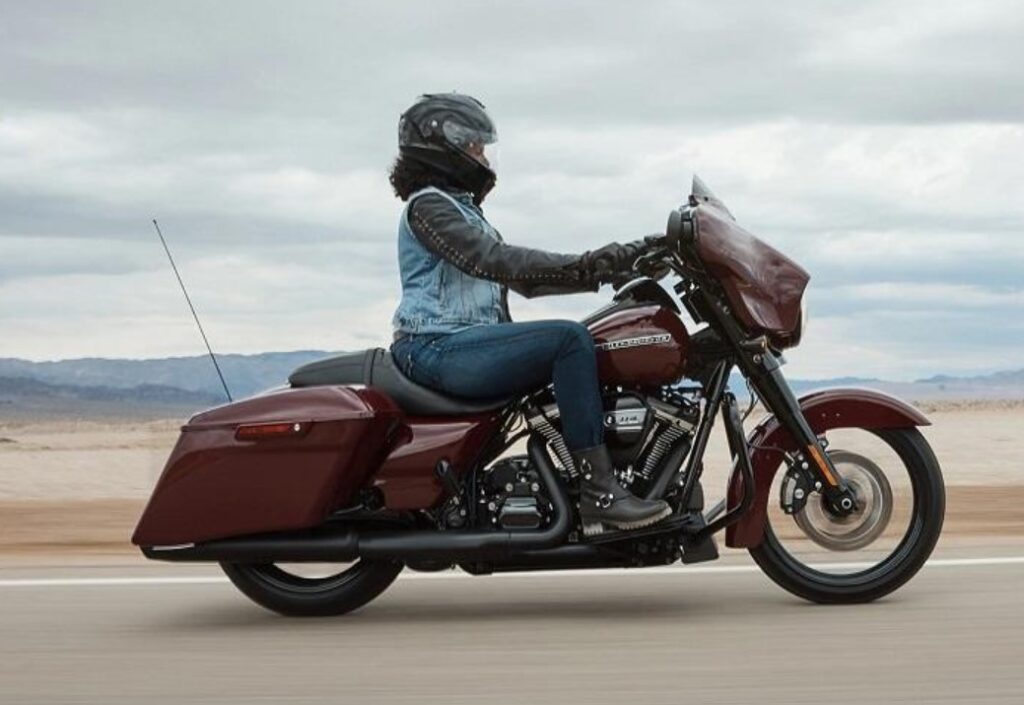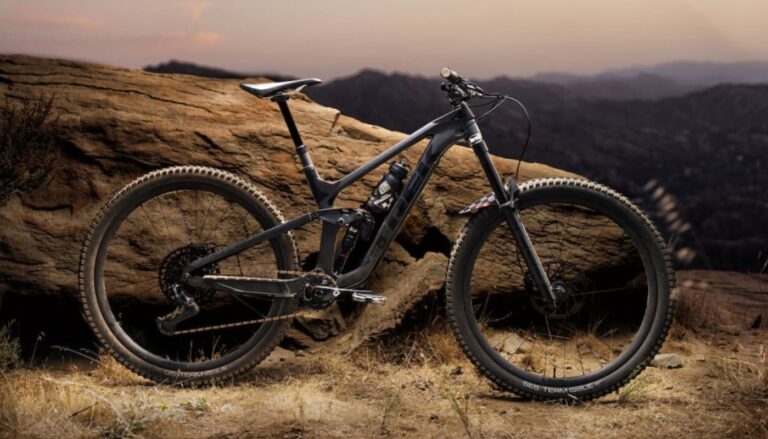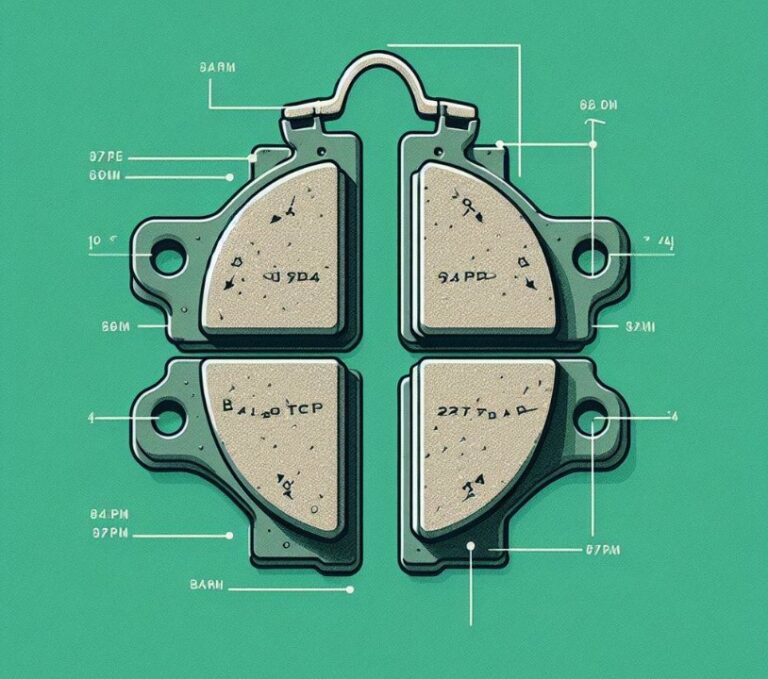How To Tell If Your Bike Has RDRS? Explained
Are you looking for How To Tell If Your Bike Has RDRS? Understanding whether your bike is equipped with the Reflex Defensive Rider Systems (RDRS) is crucial for enhancing your riding experience and safety. RDRS technology represents a significant leap in motorcycle engineering, offering riders advanced control and stability in various conditions. In this article, we dive into the specifics of identifying the presence of RDRS in your motorcycle, ensuring that riders can fully leverage this innovative system.
Key Takeaways
- RDRS enhances rider control and safety through advanced technology.
- Identification methods include checking model specifications, physical inspection, and dealer verification.
- RDRS features vary across models, including traction control, ABS, and vehicle hold control.
How To Tell If Your Bike Has RDRS? Identifying RDRS on Your Bike
The first step in harnessing the power of RDRS is to confirm its presence on your motorcycle. This can be achieved through several methods, each offering a clear path to understanding your bike’s technological setup.

Check Your Motorcycle’s Model and Specifications
Many manufacturers list RDRS or equivalent systems in their model’s specifications. A thorough review of your bike’s official documentation or the manufacturer’s website can reveal whether RDRS is a feature of your motorcycle. This method provides a straightforward answer, enabling riders to quickly ascertain their bike’s capabilities.
Physical Inspection of the Motorcycle
RDRS-equipped bikes often have visible indicators of the system’s components, such as specialized sensors or control modules. Familiarizing yourself with these components can help in identifying the presence of RDRS through a physical inspection. Look for ABS sensors, traction control modules, and other hardware typically associated with advanced rider assistance systems.
Understanding RDRS Features and Benefits
Once you’ve confirmed that your bike has RDRS, understanding its features and benefits is paramount. RDRS systems may include a variety of functionalities designed to enhance rider safety and control.
Traction Control System (TCS)
TCS minimizes wheel slip during acceleration by automatically adjusting the engine’s output. This feature is particularly beneficial in slippery conditions, ensuring that the bike maintains grip and stability.
Anti-lock Braking System (ABS)
ABS prevents the wheels from locking up during braking, allowing the rider to maintain steering control during an emergency stop. This system is a cornerstone of RDRS, significantly improving safety in challenging braking scenarios.
What Year Did Harley Add RDRS?
Harley-Davidson introduced the Reflex Defensive Rider Systems (RDRS) as an advanced suite of rider safety features starting with the 2020 model year for select motorcycle models.
This innovative system was designed to enhance the riding experience by improving traction, braking, and control, particularly under less-than-ideal conditions.

RDRS encompasses several technologies, including traction control, ABS optimized for corners, Drag-Torque Slip Control System (DSCS), Vehicle Hold Control (VHC), and Tire Pressure Monitoring System (TPMS), among others.
Initially offered on premium models, including the Touring line and some CVO models, RDRS has since become available on a wider range of Harley-Davidson motorcycles, reflecting the company’s commitment to rider safety and performance.
Can I Add RDRS To My Harley?
Adding the Reflex Defensive Rider Systems (RDRS) to a Harley-Davidson motorcycle that did not originally come with the system is not straightforward. RDRS is an integrated system that relies on both hardware (such as sensors and control units) and software components designed to work seamlessly with the motorcycle’s existing systems.
Due to the complexity of the system and the need for it to be fully integrated with the motorcycle’s electronics and mechanics from the factory, Harley-Davidson does not offer an official retrofit RDRS kit for motorcycles that were not originally equipped with it.

For owners looking to enhance their motorcycle’s safety features, it’s advisable to consider other safety and performance upgrades that are compatible with their model. Always consult with a Harley-Davidson dealer or authorized service center for guidance on upgrades and modifications.
How Do I Turn Off RDRS On My Harley?
Turning off the Reflex Defensive Rider Systems (RDRS) or its individual components on a Harley-Davidson motorcycle depends on the specific model and the system’s design.
Some aspects of RDRS, such as the ABS and traction control, may be adjustable or deactivatable through the motorcycle’s onboard menu system, allowing riders to tailor the system’s intervention to their preference or to suit specific riding conditions.
For example, a rider may choose to disable traction control when riding off-road for a more traditional riding experience. However, it’s important to note that not all RDRS features may be disabled, as some are integral to the motorcycle’s safety system.
Detailed instructions on how to adjust or disable certain RDRS features can typically be found in the motorcycle’s owner’s manual. It’s crucial to understand the function and purpose of each RDRS component before making adjustments, as disabling certain features can affect the motorcycle’s behavior and rider safety.
Conclusion
In conclusion, determining if your bike has RDRS is a critical step for any rider seeking enhanced safety and control. This innovative system offers a suite of features designed to improve riding experiences across various conditions.
By identifying the presence of RDRS on your motorcycle, you can take full advantage of its benefits, ensuring a safer, more enjoyable ride. Whether through model specifications, physical inspection, or understanding its key features, recognizing and utilizing RDRS is essential for modern riders.
Top FAQ’s
Will RDRS improve my riding skills?
While RDRS significantly enhances safety by compensating for potential rider errors and unexpected road conditions, it’s not a substitute for skill and experience. RDRS is best viewed as a supplementary system that supports the rider, rather than replacing the need for proper riding techniques and situational awareness. Developing riding skills through practice and training is essential for safely enjoying the benefits of RDRS-equipped motorcycles.
Does having RDRS on a motorcycle affect its maintenance requirements?
Motorcycles equipped with RDRS may have additional maintenance checks related to the system’s components, such as sensors and electronic modules. Regular service should include checks of these systems to ensure they are functioning correctly. However, these additional checks are generally integrated into the bike’s standard maintenance schedule, not significantly increasing upkeep efforts.
How does RDRS interact with other electronic systems on the motorcycle?
RDRS is often integrated with the motorcycle’s overall electronic control unit (ECU), allowing it to work in harmony with other systems like electronic throttle control, engine management, and even suspension settings on some advanced models. This integration ensures that RDRS can optimally adjust the bike’s performance in real-time based on rider input and external conditions.
Can I turn off RDRS features if I prefer to ride without them?
Some motorcycles with RDRS allow riders to disable certain features, like traction control or ABS, usually through the bike’s settings menu. This can be useful for experienced riders who prefer more control in specific scenarios, such as off-road riding. However, it’s crucial to use caution when disabling these safety features, as they are designed to provide critical assistance in maintaining control of the motorcycle.

Welcome to the exhilarating world of Matt Rex, a professional car racer turned renowned vehicle enthusiast. Immerse yourself in his captivating blog as he shares heart-pounding adventures, expert reviews, and valuable insights on cars, trucks, jets, and more. Fuel your passion for speed and discover the beauty of vehicles through Matt’s engaging stories and meticulous expertise. Join the ever-growing community of enthusiasts who find inspiration and expert advice in Matt Rex’s blog—a digital hub where the thrill of speed meets the pursuit of knowledge.







